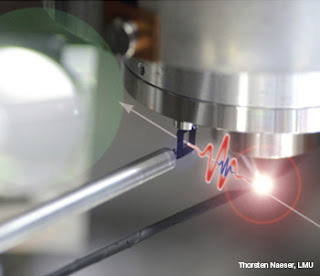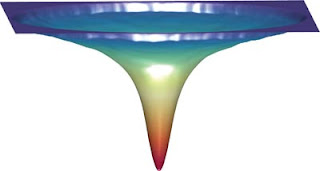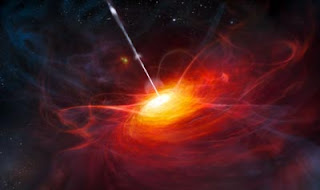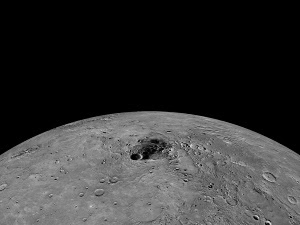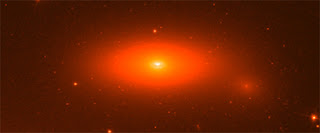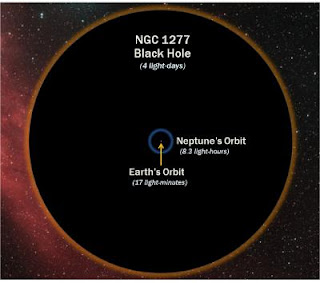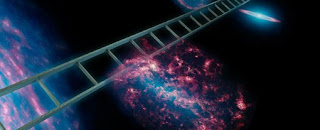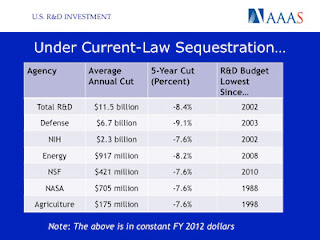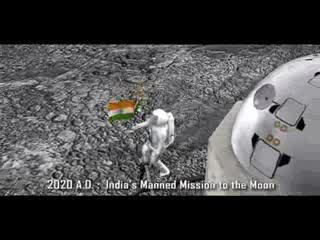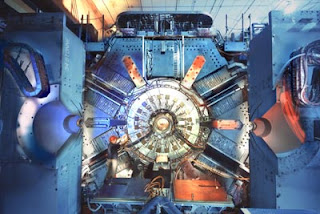12.12.12: The last time this date, or repetition of dates will occur again until January 1, 2101 (the 01.01.01 of the 22nd Century). The Astronomical Society of the Pacific proclaims today Anti-Doomsday Day. There's a concert for Hurricane Sandy relief.
AGU is the American Geophysical Union. Yesterday, I posted Scientific American's assertion that we've become essentially two camps: scientists and non-scientists, or (I think) more accurately: those who trust The Scientific Method and its conclusions, and those -- for various reason -- who do not.
Dan Satterfield is the author of the blog (link below). He is a meteorologist/weatherman with 32 years of experience.
He advises: read the blog post, then watch the embed Carl Sagan lecture from AGU's annual meeting.
"We've arranged a global civilization in which the most crucial elements — transportation, communications, and all other industries; agriculture, medicine, education, entertainment, protecting the environment; and even the key democratic institution of voting — profoundly depend on science and technology. We have also arranged things so that almost no one understands science and technology. This is a prescription for disaster. We might get away with it for a while, but sooner or later this combustible mixture of ignorance and power is going to blow up in our faces." Carl Sagan
American Geophysical Union: IPCC Climate Forecast from 1990 - Amazingly Accurate
Astronomical Society of the Pacific: Anti-Doomsday Day
Related links:
#P4TC: Missing In Action


